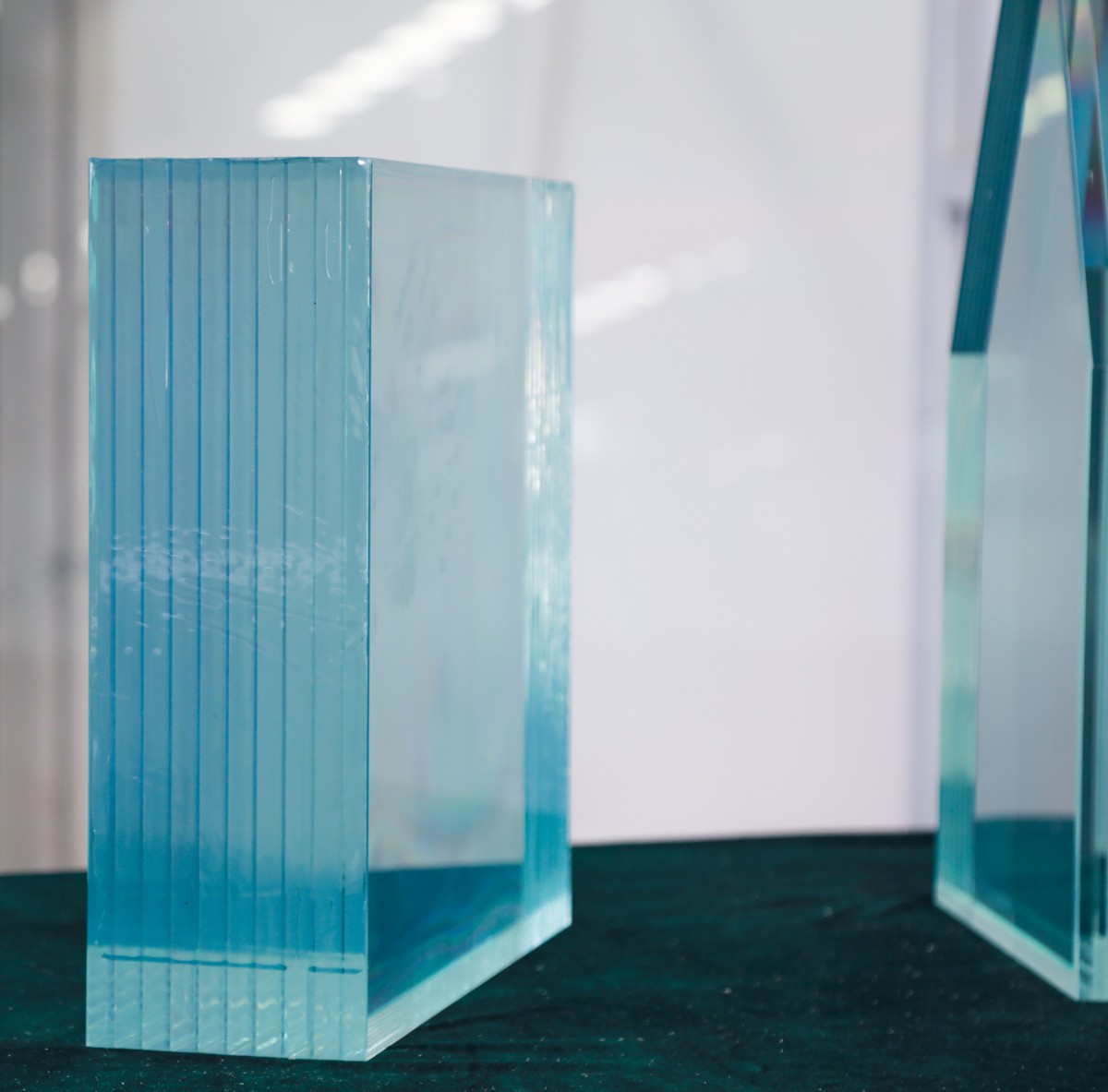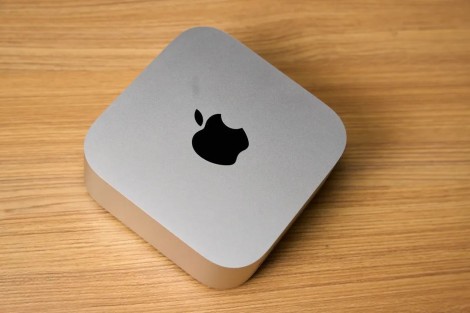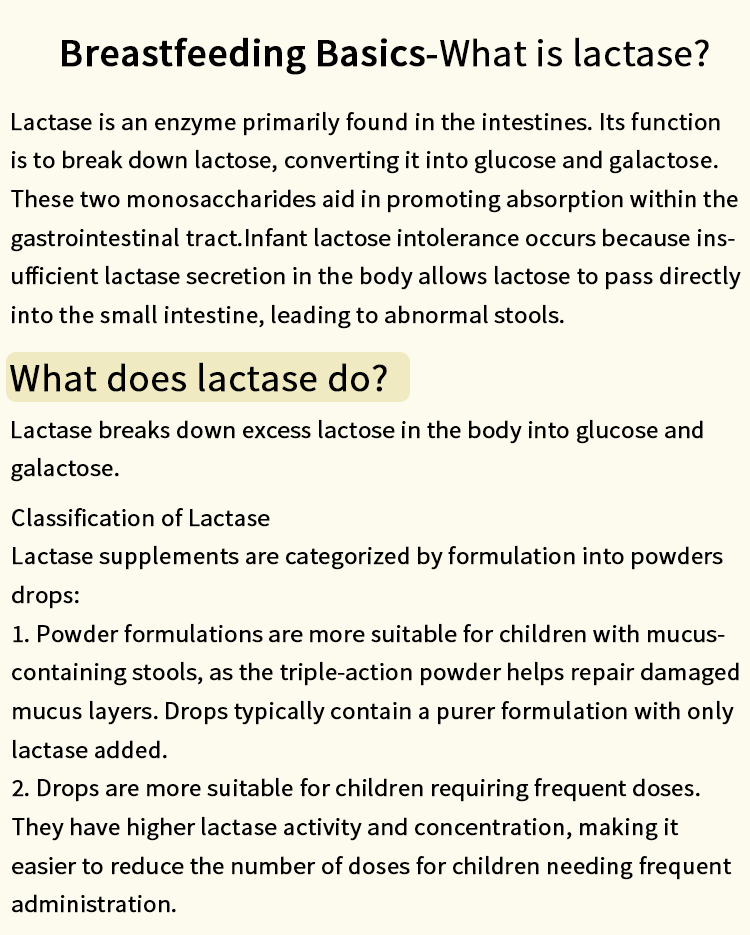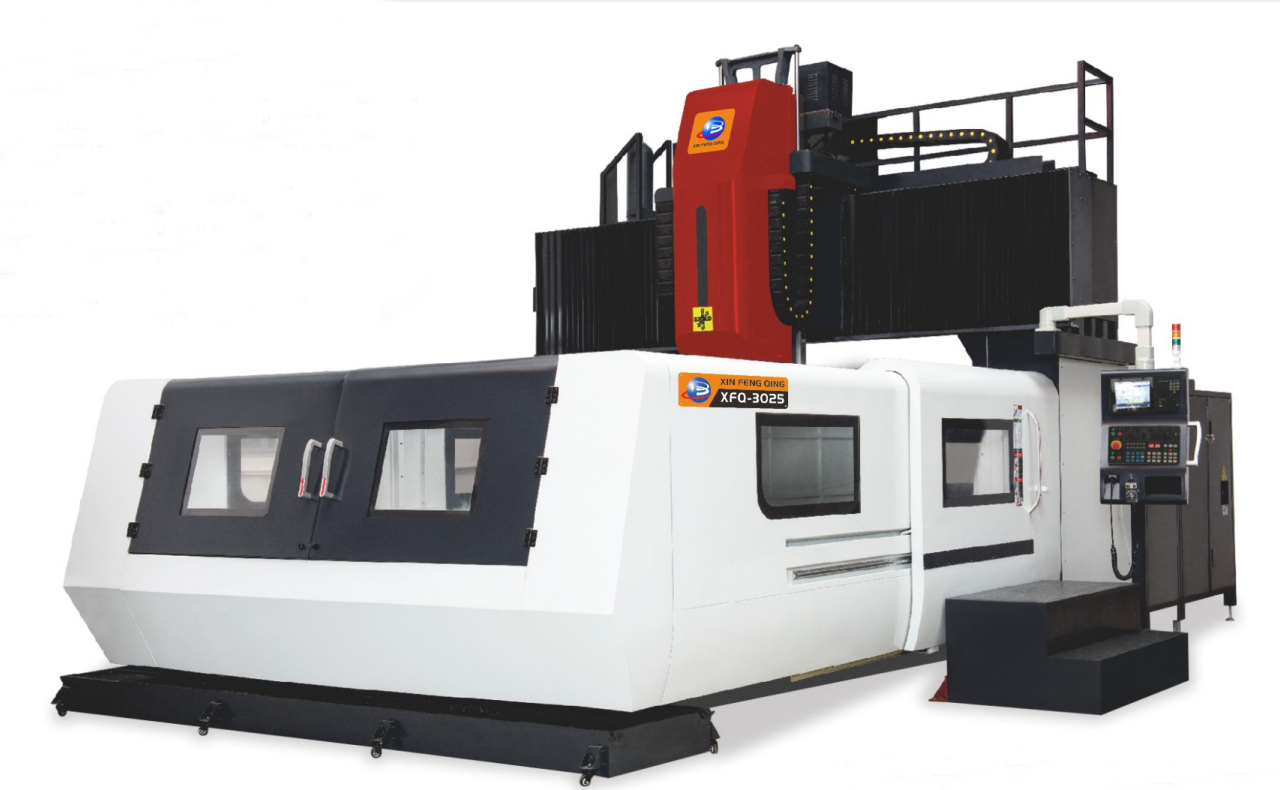When it comes to enhancing the aesthetic appeal and functional performance of a building, facade cladding plays a pivotal role. However, one of the most pressing questions that property owners and developers often grapple with is: How much does facade cladding cost? This article delves into the various factors influencing facade cladding costs, the types of materials available, and practical considerations to help you make informed decisions.
Understanding Facade Cladding
Facade cladding refers to the external layer of a building that serves both protective and decorative purposes. It can be made from a variety of materials, including wood, metal, stone, and composite materials. The choice of cladding not only impacts the building's visual appeal but also its energy efficiency, durability, and maintenance requirements.
Factors Influencing Facade Cladding Costs
- Material Selection
The type of material chosen for facade cladding significantly affects the overall cost. Here’s a breakdown of common materials and their price ranges:
- Vinyl Cladding: Typically the most affordable option, vinyl cladding can range from $2 to $7 per square foot. It is lightweight, low-maintenance, and available in various colors and styles.
- Wood Cladding: Offering a natural aesthetic, wood cladding can cost between $3 to $15 per square foot, depending on the type of wood and treatment. While it provides excellent insulation, it requires regular maintenance to prevent rot and insect damage.
- Metal Cladding: Aluminum and steel are popular choices for modern buildings, with costs ranging from $5 to $20 per square foot. Metal cladding is durable and resistant to weathering but may require insulation to improve energy efficiency.
- Stone and Brick: These materials are often associated with high-end construction, with costs ranging from $10 to $30 per square foot. While they provide exceptional durability and aesthetic appeal, installation can be labor-intensive, contributing to higher overall costs.
- Composite Materials: Engineered products like fiber cement and high-pressure laminate can range from $5 to $25 per square foot. They offer a balance of durability, aesthetics, and lower maintenance requirements.
- Installation Costs
The complexity of the installation process can significantly impact the overall cost. Factors such as the building's height, the need for scaffolding, and the intricacy of the design can all contribute to labor costs. On average, installation can add an additional $3 to $10 per square foot to the total cost. - Building Size and Design
Larger buildings will naturally incur higher costs due to the increased amount of material required and the complexity of the installation. Additionally, custom designs or unique architectural features may require specialized labor, further driving up costs. - Location and Accessibility
The geographical location of the project can also influence costs. Urban areas may have higher labor costs and stricter building codes, while remote locations may incur additional transportation fees for materials. Accessibility to the site can also affect the ease of installation, impacting labor costs. - Additional Features
Incorporating insulation, weatherproofing, or other energy-efficient features into the facade can increase upfront costs but may lead to long-term savings on energy bills. Additionally, aesthetic enhancements such as decorative elements or custom finishes can further elevate costs.
Budgeting for Facade Cladding
When planning a budget for facade cladding, it’s essential to consider both initial costs and long-term maintenance expenses. Here are some practical tips:
- Get Multiple Quotes: Always obtain quotes from several contractors to ensure competitive pricing. This will also provide insight into the average costs in your area.
- Consider Lifecycle Costs: Evaluate the long-term costs associated with maintenance, energy efficiency, and potential repairs when selecting materials.
- Plan for Contingencies: It’s wise to set aside a contingency budget of 10-20% to cover unexpected expenses that may arise during the project.
Conclusion
Understanding the costs associated with facade cladding is crucial for property owners and developers aiming to enhance their buildings' aesthetics and functionality. By considering factors such as material selection, installation complexity, and long-term maintenance, you can make informed decisions that align with your budget and project goals. Ultimately, investing in quality facade cladding not only elevates the visual appeal of a building but also contributes to its overall value and longevity.



